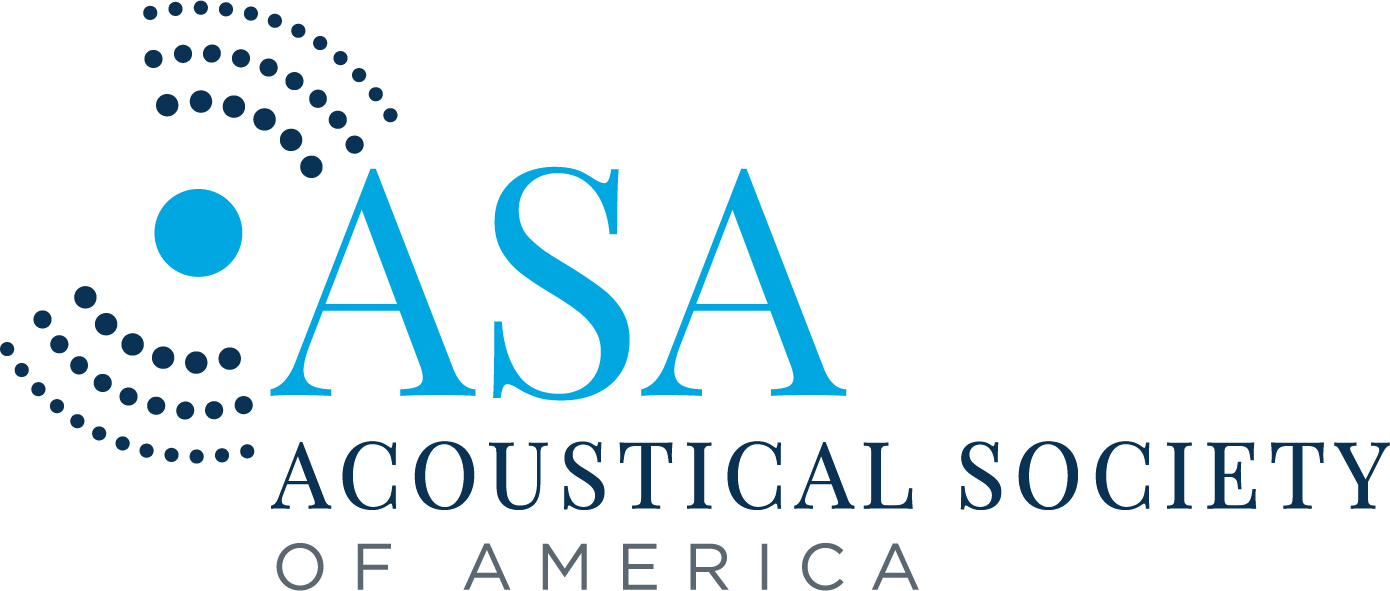Celebrating Past Fellows and Inviting Applications for the James E. West Graduate Fellowship!

Informal portrait of James West. Niels Bohr Library & Archives, American Institute of Physics. One Physics Ellipse, College Park, MD 20740.
The Acoustical Society of America (ASA) established the Minority Fellowship in 1992 with the goal of supporting minority students in their pursuit of graduate-level degrees in acoustics. In 2018, the Minority Fellowship was renamed to recognize Dr. James E. West’s integral role in establishing the fellowship and advocating for underrepresented minorities in science and engineering. (Read more about Dr. West in Acoustic Today!) With the 2024 application cycle starting for the James E. West Graduate Fellowship for Minorities, let’s take a moment to reflect on the valuable contributions of past Fellows.
- E.K. Ellington Scott; From the Musicians’ Perspective- A Brief History of Stage Acoustics. Acoustics Today. Winter 2023; 19 (4): 50–55. https://doi.org/10.1121/AT.2023.19.4.50
This magazine article written by 2020 West Fellow, E.K. Scott, looks at the transformation of stage acoustics over the years from the musicians’ vantage point.
- Douglas M. Photiadis, Mauricio Villa, Saikat Dey; Auxiliary superfield method for statistical predictions of complex, structural acoustics systems: Saddle point approximation for the mean field. Acoust. Soc. Am.1 June 2023; 153 (6): 3239–3257. https://doi.org/10.1121/10.0019593
In this JASA article, Mauricio Villa, the 2016 Minority Fellow, and his coauthors introduce the auxiliary superfield method in the structural acoustics context.
- Visar Berisha, Steven Sandoval, Rene Utianski, Julie Liss, Andreas Spanias; Characterizing the distribution of the quadrilateral vowel space area. Acoust. Soc. Am.1 January 2014; 135 (1): 421–427. https://doi.org/10.1121/1.4829528
This JASA article coauthored by the 2014 Minority Fellow, Steven P. Sandoval, presents a detailed analysis of the statistical properties of the vowel space area.
- Annamaria Izzi DeAngelis, Robert Valtierra, Sofie M. Van Parijs, Danielle Cholewiak; Using multipath reflections to obtain dive depths of beaked whales from a towed hydrophone array. Acoust. Soc. Am.1 August 2017; 142 (2): 1078–1087. https://doi.org/10.1121/1.4998709
In JASA, Robert D. Valtierra, the 2012 Minority Fellow, and his coauthors demonstrate the potential for towed linear hydrophone array studies to obtain dive depths from a greater sample of groups and species.
Be sure to help inspire and encourage future and current graduate students pursuing acoustics; Applications are due 1 April 2024!






